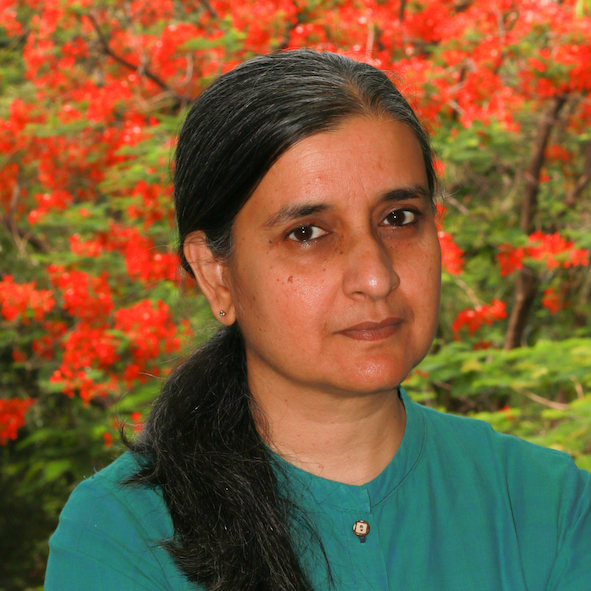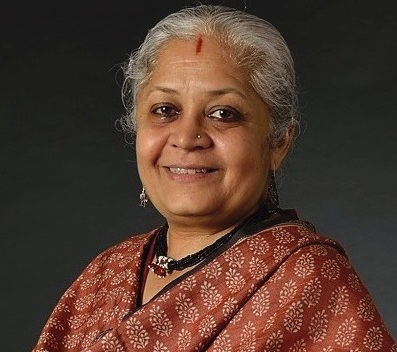Explore the connection between oral histories and designs in a digital conversation event that focuses on twentieth-century hand block printing of textiles in India’s urban centres. ROM’s Sarah Fee is joined by IARTS Textiles of India Grant winners Suchitra Balasubrahmanyan and Maia Sinha, who through their project The Modern in Print: Exploring Contemporaneity in Urban Indian Textiles, are showing how “traditional” crafts can evolve into a modern, urban aesthetic and material culture.
Highlighting the designs on 7,000 important, archival hand-carved blocks used for printed textile production, these researchers identify connections between the block designs and oral histories. Why is this particular collection of print-making blocks so fascinating to researchers? How might design techniques in India demonstrate both continuity from historical traditions and innovation towards the future? This program invites us to reconsider our perspectives on contemporary Indian printed textiles.
Speakers:
Suchitra Balasubrahmanyan

Suchitra Balasubrahmanyan studied visual communication at the National Institute of Design and is an independent scholar and visiting professor of design based in Ahmedabad. Her research interests center on nineteenth and twentieth-century craft and design in India against the backdrop of decolonization, nationalism and Cold War diplomacy.
Mala Sinha

Mala Sinha studied textile design at the National Institute of Design and founded Bodhi (bodhi.in) a small enterprise in Vadodara with a team of highly skilled printers and dyers and a dedicated group of women who embroider and applique from their homes. She has a long and successful practice in designing and producing textiles using hand block printing, screen printing, dyeing, embroideries, applique, patchwork and tailoring.
Sarah Fee

Dr. Sarah Fee, Senior Curator, is responsible for the museum’s renowned collection of approximately 15,000 textiles and fashion that come from greater Asia and Africa, as well as eastern Europe.
Sarah's fascination with textile making and dress first grew during four years of doctoral field research in southern Madagascar, where she learned to spin, dye and weave. In addition to Madagascar, her multi-disciplinary research focuses on the textile and dress traditions of the wider western Indian Ocean world, which embraces southern Arabia, eastern Africa and western India. She has edited and written for numerous books, journals and catalogues, including Objects as Envoys: the Textile Arts of Madagascar (2002), Textile Trades, Cultures of Cloth, and Material Worlds of the Indian Ocean (2018), The Translocal Textile Trades of Eastern Africa, a special volume of Textile History (2017), and Cloth that Changed the World: The Art and Fashion of Indian Chintz (2020).
Recorded April 3, 2024
